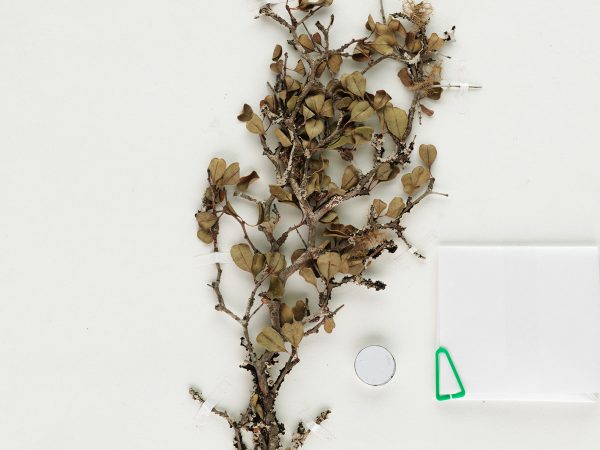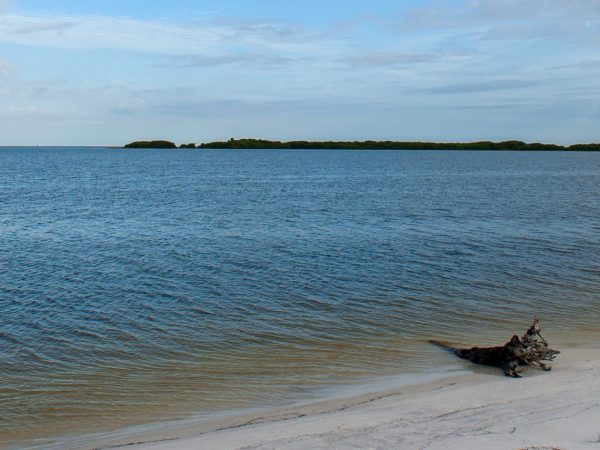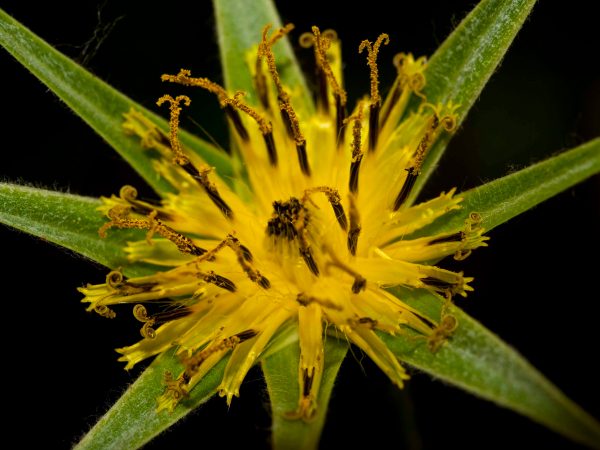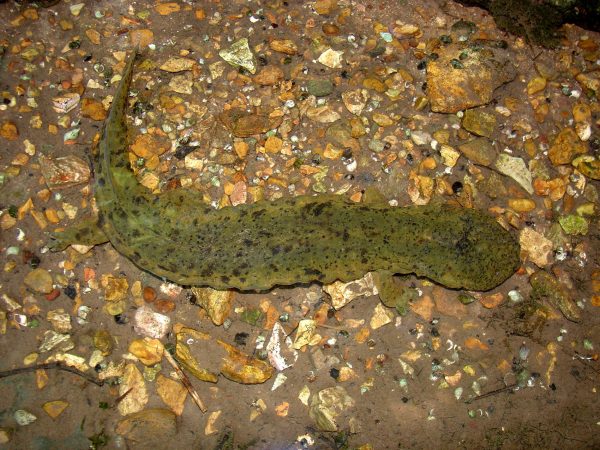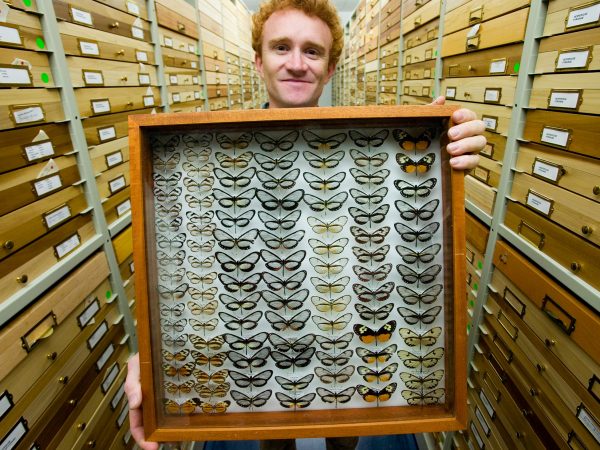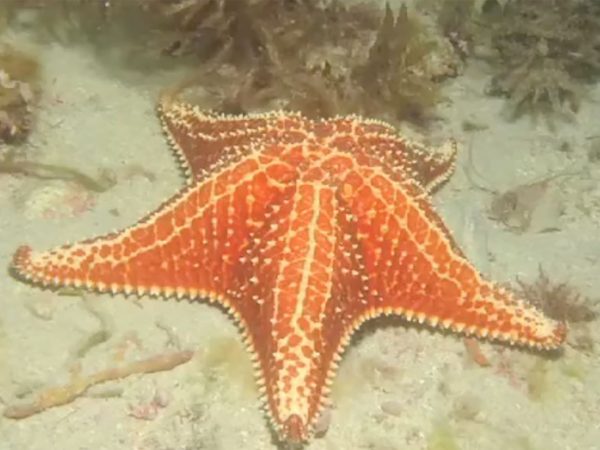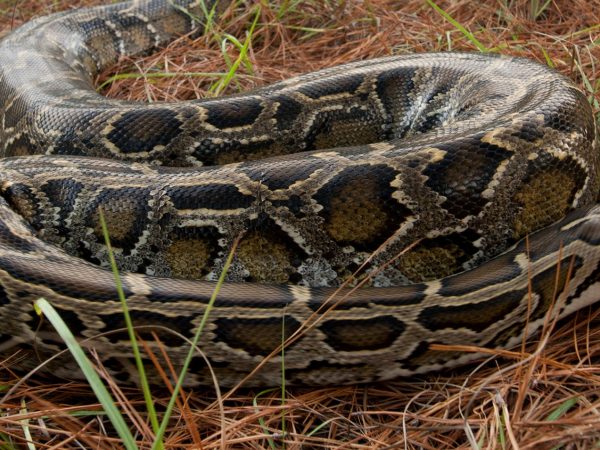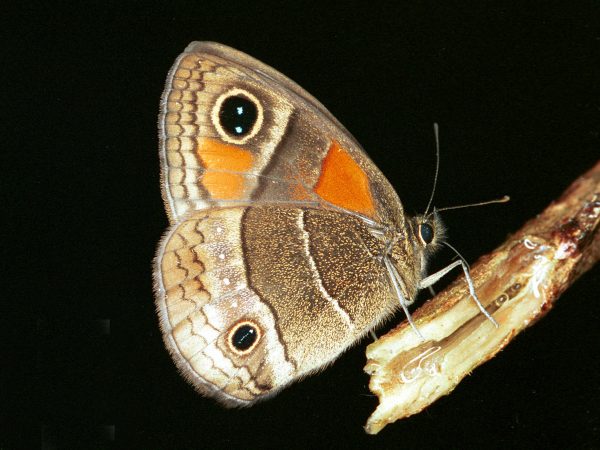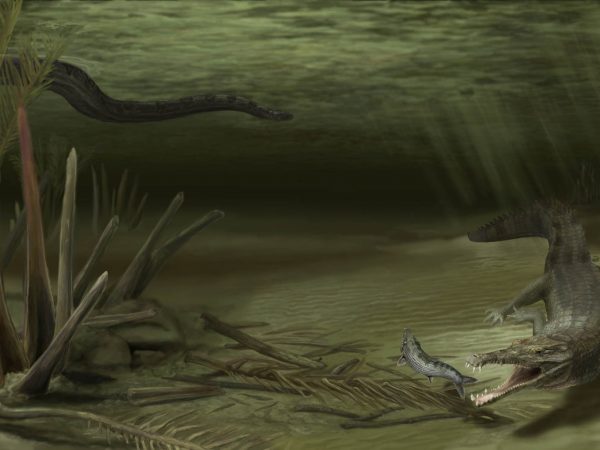Unlocking genetic data of rediscovered ‘hidden’ native Florida plant
In 1947, a small package containing an unknown plant specimen arrived at the Florida Museum of Natural History Herbarium. For…
Read More
Using tree-ring data to test climate events
The events were depicted in ancient Mesoamerican codex In ancient Mesoamerica, as the Aztec calendar predicted the end of the…
Read More
Researching 6,000 years of history in the Bahamas
The field of restoration ecology, in which native flora and fauna are re-established to create more sustainable environments, is taking…
Read More
Genetic analysis of hybrid plants may have evolutionary consequences
For morning drivers on the roadways of the northwestern U.S., an innocuous purple or yellow flower similar to a daisy…
Read More
Hellbender salamander study seeks answers for global amphibian decline
A new study co-authored by University of Florida researchers on the endangered Ozark Hellbender giant salamander is the first to…
Read More
Evidence of mimicry in caterpillars documented
About 150 years ago, Henry Walter Bates described mimicry based on his observations of adult butterflies in the Amazon, contributing…
Read More
Florida’s Gulf Coast Marine Biodiversity
Florida Museum of Natural History invertebrate zoology curator Gustav Paulay discusses his mission to fully document the marine biodiversity of…
Read More
Florida’s invasive amphibian and reptile problem leads world
During the 1800s, the world was going through transformations steered by war, invention, scientific innovation and the discovery of new…
Read More
DNA barcoding improves tropical butterfly classification
When Charles Darwin journeyed to the Galapagos Islands in the 1830s, he collected some mysterious birds that later helped shape…
Read More
New ancient crocodile relative from land of Titanoboa named
Did an ancient crocodile relative give the world’s largest snake a run for its money? In the post-dinosaur world of…
Read More
